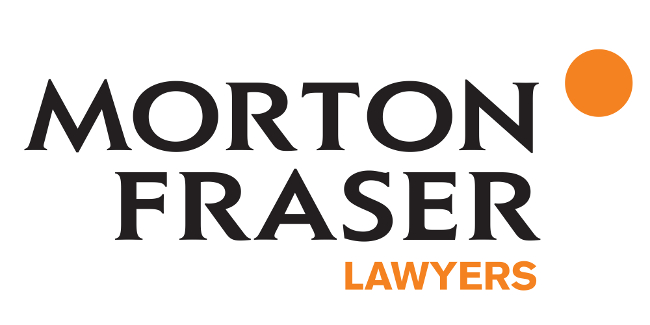Jennifer Thomson: Occupiers’ liability in Scotland – who has control of the premises?

Jennifer Thomson
Everyone’s world was turned upside down in 2020, with unpredictable events throughout the year. The uncertainty has impacted on the work of personal injury lawyers. While the country has been in lockdown with fewer cars on the roads and many employees no longer attending at their places of work, you might have thought that the volume of personal injury claims would reduce.
We have though seen an increase in all types of personal injury cases, particularly Occupiers’ Liability. The closure of many workplaces and commercial premises, and then the reopening of these premises under the Covid-19 restrictions, has resulted in many legal questions arising and a large number of potential claims.
The law on Occupiers’ liability is different in Scotland to that in England and Wales. In Scotland, the Occupiers’ Liability (Scotland) Act 1960 applies. Like the legislative provisions applicable south of the border, the 1960 Act is brief. It is wonderful in its simplicity. An occupier requires to take reasonable care to ensure that a person will not suffer injury or damage by reason of any danger on the premises. The inclusion of reference to a “danger” is, of course, slightly different to the position in England.
No matter how simply a provision in legislation is expressed, there is always scope for lawyers to differ in their interpretation of it Despite this legislation seeing its 60th birthday in 2020, we are still arguing over its meaning. Generally, an occupier is considered to be the party who is in control of the premises. A decision this year from the Sheriff Appeal Court considered the question of who is in control.
The case was Andrew Wright v National Galleries of Scotland [2020] SAC (Civ) 6. It was an appeal against the Sheriff’s decision that the defender was not liable for the accident. The accident had occurred when the pursuer was delivering milk to the Scottish National Portrait Gallery in Edinburgh. This was a task which the pursuer had done many times previously. He normally gained access via a rear fire exit to the gallery. Shortly prior to his accident, the arrangements changed and he was to make deliveries via the main front entrance. The pursuer was allowed access by the gallery attendants who were on duty. He pushed the milk which was held in a wheeled cage in front of him, down a corridor to the kitchen. He did not see a step down. At this step, the cage suddenly dropped down causing him to fall forward and he was injured.
The pursuer raised his claim based on various grounds, including occupiers’ liability. The gallery argued that they were not the occupiers; they did not have control of the entire premises. A catering company had control of the café and kitchen area. There were various findings in fact, which included that the gallery was responsible for security of the premises. The gallery’s night attendants provided the pursuer with access. The gallery’s employees had complete control of all areas within the gallery, including the kitchen and the corridor where the accident took place. Regardless of the fact that the catering company may well also occupy that area, the gallery had overall control of the area. It is possible for two entities to be occupiers at the same time. Each has a duty of care towards persons coming onto the premises lawfully. The café was closed and no employees of the catering company were present when the accident occurred.
Importantly, the gallery was in full control of the arrangements to use the front door. They were therefore responsible for ensuring that the pedestrian route the pursuer took through the building was safe. If the defenders had considered this route more carefully, they would have realised that the pursuer had to negotiate a step. The Appeal Court, therefore, held that the gallery was liable for the pursuer’s accident.
This is a useful Scottish decision for its discussion of the definition of control which a party may have, and how that establishes whether that party is an occupier. This is particularly relevant to questions we have been asked many times in 2020. We have a number of clients who are concerned about changes which have been made to their premises as a result of the Covid-19 lockdown. Some clients have offices which are currently closed. They do not have staff manning the office and checking it remains safe. Rural clients are seeing greater numbers of visitors to their land, with individuals having spent more time enjoying their more local surroundings in 2020. Clients who own land, particularly those in rural locations, are concerned about the potential increase in accidents on that land.
For all these various questions which arise in the Covid-19 era, it is useful to have the clarity of cases like this Appeal Court decision, setting out when a party is considered to be an occupier and what level of control of the premises may be considered relevant.

Jennifer Thomson is a senior associate at Morton Fraser. This article formed part of the firm’s Litigation in Scotland Report 2021.








